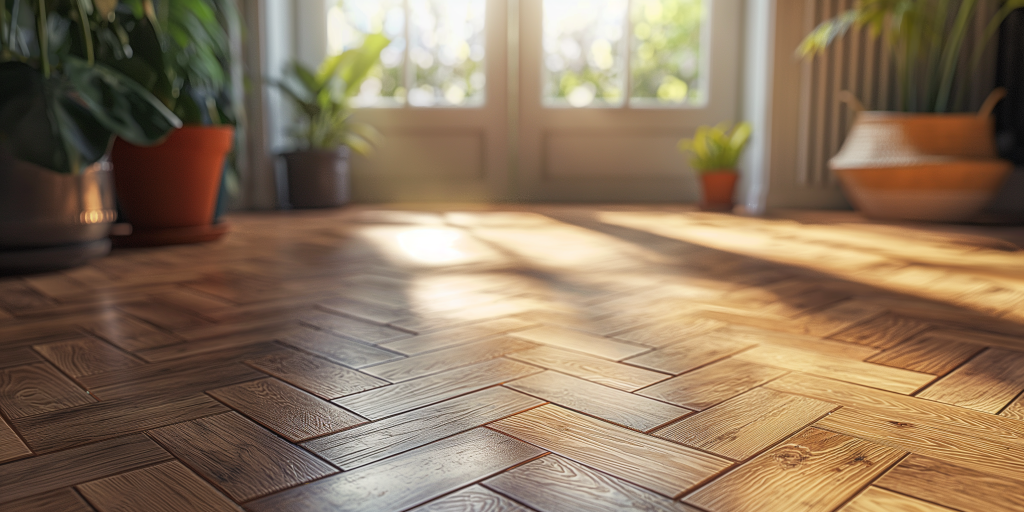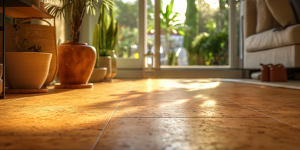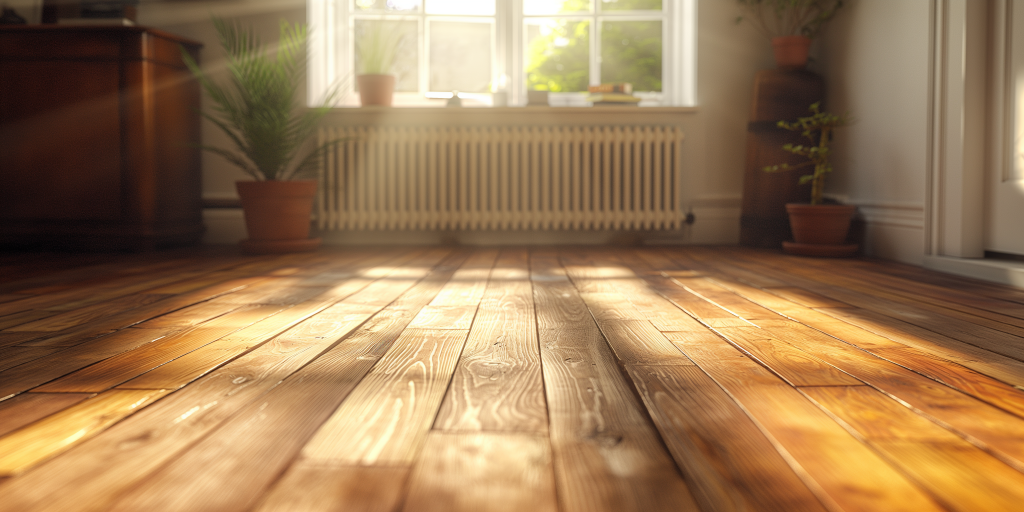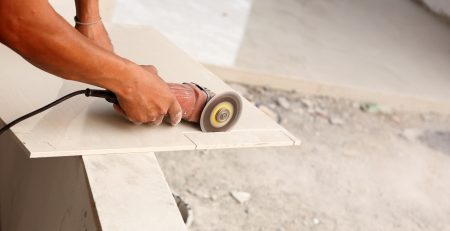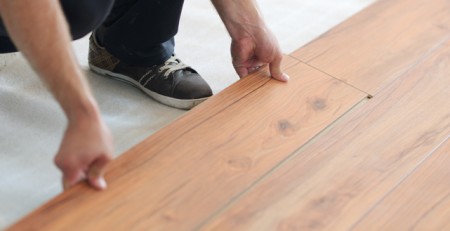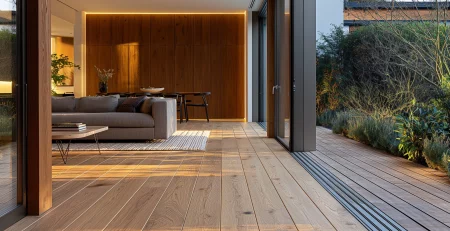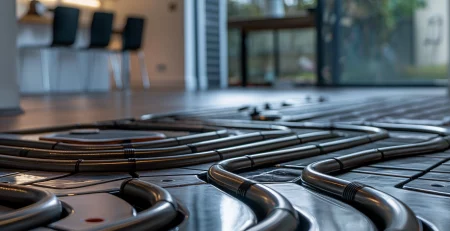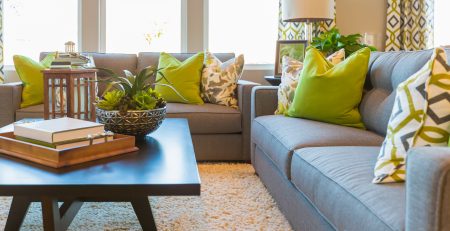Guide to Selecting Sustainable Flooring Options: Eco-Friendly Choices for Your Home
As awareness of environmental issues grows, many homeowners in the UK are seeking ways to make their homes more sustainable. One significant area where you can make an eco-friendly impact is selecting sustainable flooring options. These choices benefit the environment and enhance the comfort and aesthetic appeal of your home. This guide will walk you through various sustainable flooring options available in the UK and help you decide on your next home improvement project.
Understanding Sustainable Flooring
What is Sustainable Flooring?
Sustainable flooring refers to flooring products that have a minimal environmental impact. These materials are typically renewable, recyclable, or made from recycled content. They are manufactured using processes that reduce resource consumption and environmental degradation.
Benefits of Sustainable Flooring
- Reduced Carbon Footprint: Sustainable flooring materials often require less energy to produce and transport, resulting in lower carbon emissions.
- Improved Indoor Air Quality: Many eco-friendly flooring options emit fewer volatile organic compounds (VOCs), which can improve the air quality inside your home.
- Long-term Cost Savings: Although some sustainable options might have a higher upfront cost, their durability and low maintenance requirements can lead to significant savings over time.
Types of Sustainable Flooring Options
Bamboo Flooring
Bamboo flooring is made from the fast-growing bamboo plant, which can be harvested every 3-5 years, making it a highly renewable resource. It is increasingly popular in the UK due to its sustainability and stylish appearance.
Pros and Cons
- Pros: Durable, attractive grain patterns, renewable resource.
- Cons: Sensitive to moisture, can be dented by heavy furniture.
Cork Flooring
Cork is harvested from the bark of cork oak trees without damaging the tree, allowing it to regenerate for future harvests. It is known for its comfort and insulating properties, making it a great choice for UK homes.
Pros and Cons
- Pros: Comfortable underfoot, excellent thermal and acoustic insulation, renewable resource.
- Cons: It can be damaged by heavy furniture and pet claws and is susceptible to moisture.
Reclaimed Wood
Reclaimed wood flooring is made from wood salvaged from old buildings, barns, or other structures, giving it a second life. In the UK, using reclaimed wood can add a unique historical character to your home.
Pros and Cons
- Pros: Unique aesthetic, sustainable by reusing existing materials.
- Cons: Limited availability, potential for variability in quality and appearance.
Linoleum
Linoleum is made from natural materials such as linseed oil, cork dust, wood flour, and natural pigments. It has been used in British homes for over a century and is known for its durability and eco-friendliness.
Pros and Cons
- Pros: Durable, biodegradable, available in a variety of colours and patterns.
- Cons: Colour can fade over time and requires periodic sealing to maintain appearance.
Flooring Made from Recycled Materials
Flooring options made from recycled materials include glass tiles, rubber flooring from recycled tyres, and carpets made from recycled synthetic fibres. These options are gaining popularity in the UK for their innovative designs and environmental benefits.
Pros and Cons
- Pros: Innovative designs, waste reduction, often highly durable.
- Cons: Availability can be limited, and some options may have higher upfront costs.
Factors to Consider When Choosing Sustainable Flooring
Environmental Impact
Evaluate the flooring option’s overall environmental footprint, including the resources used in manufacturing and the end-of-life disposal process.
Durability and Maintenance
Consider the lifespan and maintenance requirements of each flooring type. Durable flooring can reduce the need for replacement, further decreasing environmental impact.
Health Benefits
Assess the impact of the flooring material on indoor air quality and potential allergens. Some materials, such as cork and bamboo, have natural antimicrobial properties.
Aesthetics and Design
Match flooring options with your home’s decor and personal preferences. Sustainable flooring options come in a variety of styles, colours, and textures to suit any design vision.
Cost
Compare the initial investment with long-term savings. While some sustainable options may be more expensive upfront, their durability and low maintenance can save cost over time.
Installation and Care
Eco-Friendly Installation
Adopt environmentally responsible installation practices. Use low-VOC adhesives and finishes to minimise indoor air pollution. Consider hiring professionals in the UK who specialise in sustainable installations.
Maintenance Tips
Proper maintenance can extend the life of sustainable flooring:
- Bamboo and Cork: Regularly sweep or vacuum to remove dirt and prevent scratches. Use a damp mop with a pH-neutral cleaner.
- Reclaimed Wood: Refinish periodically to maintain its appearance and protect the wood.
- Linoleum: Sweep and mop with a mild detergent. Avoid soaking the floor with water.
- Recycled Materials: Follow manufacturer’s care instructions, which may vary depending on the specific material.
Case Studies and Examples
Real-World Applications
- The Eco-Conscious Home in Brighton: This home features reclaimed wood flooring throughout the main living areas. The unique grain patterns and history of the wood add character and charm to the space. The homeowners report that the floors are durable and easy to maintain, contributing to their decision to use reclaimed materials in other renovation projects.
- Modern Flat in London: A sleek, modern apartment in London utilises bamboo flooring for its sustainability and contemporary look. The fast installation process and the material’s resilience to wear and tear have made it a favourite among the residents.
- Cottage in the Cotswolds: Cork flooring was chosen for its comfort and insulating properties. The homeowners enjoy the soft, warm feel underfoot and appreciate that it remains cool in the summer and warm in the winter.
Lessons Learned
- Sourcing Quality Materials: Ensure that the sustainable materials you choose are sourced from reputable suppliers to guarantee quality and sustainability.
- Professional Installation: Hiring professionals experienced in installing sustainable flooring can prevent common issues and ensure the longevity of the flooring.
- Ongoing Maintenance: Regular maintenance is crucial to preserve the appearance and functionality of sustainable flooring options.
Conclusion
Selecting sustainable flooring for your home is a powerful way to contribute to environmental conservation while enhancing the beauty and functionality of your living space. By understanding the various options available, considering their benefits and drawbacks, and adopting eco-friendly installation and maintenance practices, you can make an informed decision that aligns with your values and lifestyle. Embrace the journey toward a greener home with these eco-friendly flooring choices and enjoy the benefits of a sustainable living environment.
Consider incorporating sustainable flooring options in your next home improvement project. Not only will you be making an eco-friendly choice, but you’ll also be investing in a beautiful, durable, and healthy living space for years to come.


